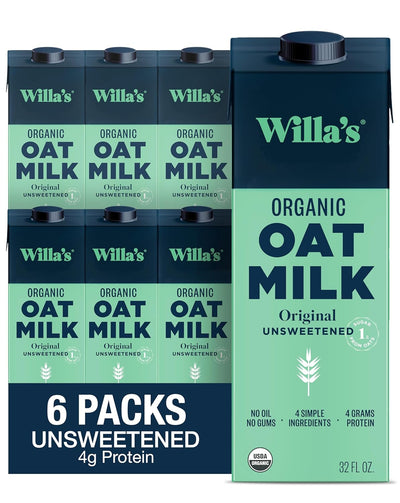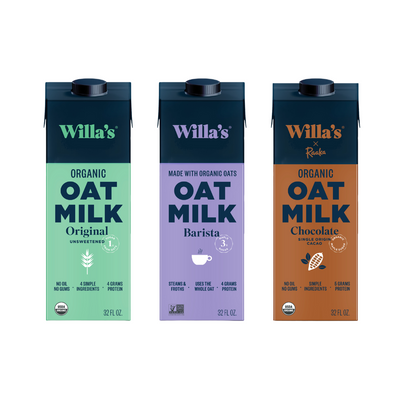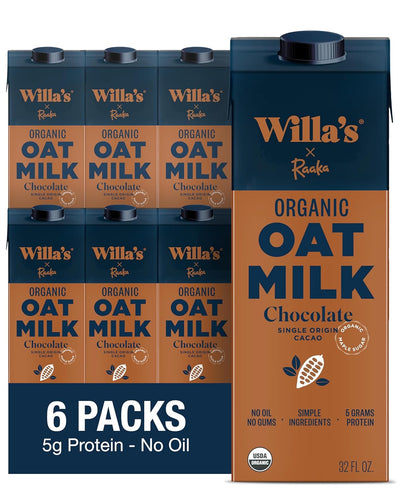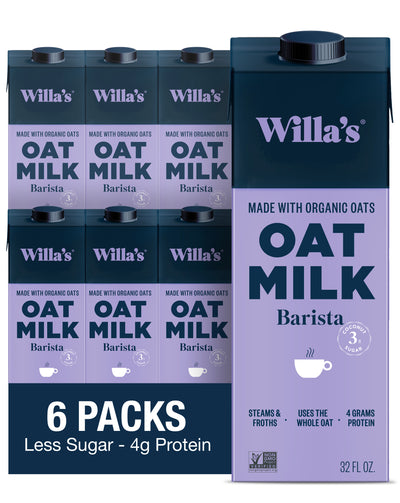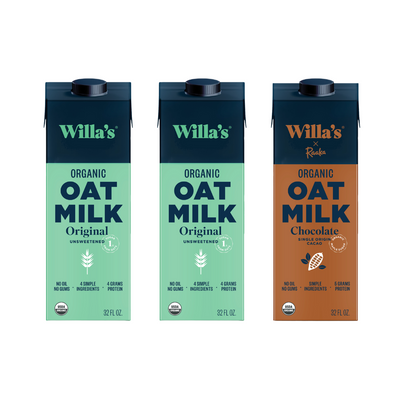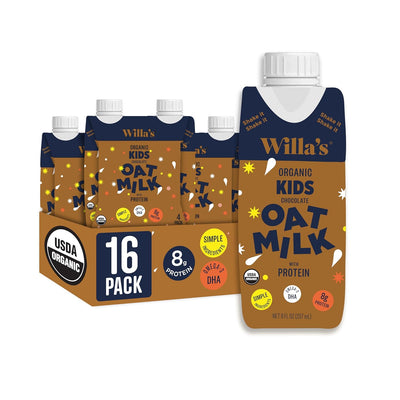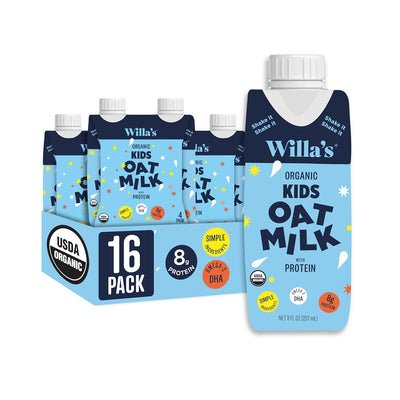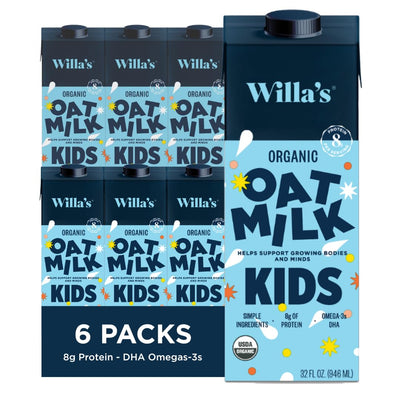Why Food Waste Matters
At Willa’s, we talk a lot about how there is no food waste in our process. And lots of people ask, why does that matter? Well friends, you've come to the right blog post! Here are just a few of the reasons we’ll highlight:
- 25% of calories produced are wasted while 1 in 9 people don’t have enough food
- In other oat milks, 20-30% of the oat is discarded and often ends up in landfills
- 6% of global emissions are due to food-waste
- If food waste were a country, it would be the 3rd highest emitter of greenhouse gases after the US and China.
- A majority of wasted food goes straight to landfills where it can take up to 25 years to decompose
- Reducing food waste is the #1 thing we can do to combat climate change!
What is food waste?
The term “food waste” refers to any discarded food that is appropriate for human consumption. A landmark report published by the Natural Resources Defense Council found that 40% of the US food supply goes uneaten.
“The amount of food waste in the United States is on the rise, with per capita food loss increasing by 50% from 1974 to 2005.” Food waste is particularly egregious when we consider that 821 million people, or one in every nine, do not have access to enough food.
Food waste and oats
Grains including oats have particularly high rates of food waste. Around 38 percent of all grains are thrown to landfills every year.
Carbon emissions from food waste

According to the Food and Agriculture Organization of the United Nations, if food waste were a country, it would be the third-highest emitter of greenhouse gas after the US and China.
Greenhouse gases are generated throughout a food’s supply chain - from the energy used to refrigerate food to the gas used in transportation. Then, once food is thrown away, it rots and releases even more greenhouse gases into the atmosphere. The time it takes for food to decompose is affected by the availability of air and water, temperature, and the chemical composition of the food. The conditions in a landfill are some of the worst for food decomposition - in fact, a head of lettuce can take up to twenty-five years to decompose in a landfill!
How can we all do our part to combat food waste?
It is estimated that if we all stopped wasting food, we could reduce human-caused greenhouse gas emissions by six to eight percent. Consumers can do their part to mitigate the staggering amount of waste going to landfills by only buying what they need and composting what they do not use. The thing is if you find it challenging to be completely zero waste at home, that’s understandable. The good news is there are ways to combat food waste on a larger more systemic level. Like buying from zero food waste and upcycled brands!
Where is food waste coming from?
The majority of the food waste in the US actually occurs before products even reach the grocery store. Shockingly, around a quarter of the calories globally produced never make it to a consumer. This is due to spoilage or spillage, but also rejection - in fact, one-third of fruits and vegetables are cast aside during production for being the wrong size or shape!
Research shows that every four of every ten pounds of food wasted comes from food-based businesses, including restaurants, grocery stores, and packaged food companies. In the US, one-fifth of the cropland, fertilizers, and water used for agricultural purposes grows food we won’t even end up eating.
What does it mean to have a “zero waste” process or be “upcycled”?
To qualify as zero waste, a product has to use at least 95% of the entire raw material of the ingredients. Unlike recycling which simply aims to reduce trash, a zero-waste process eliminates waste.
As defined by the Upcycled Food Association, “upcycled food uses ingredients that otherwise would not have gone to human consumption, are procured and produced using verifiable supply chains, and have a positive impact on the environment.”
How does Willa’s make a zero food waste oat milk?
At Willa's, we are deeply committed to sustainability and not only aim to do no harm, but take a step further to make a positive impact - especially because grains, including oats, have particularly high rates of food waste. Around 38 percent of all grains are thrown to landfills every year.
In the case of other oat milks, 20-30% of the oats are discarded. And that’s a lot of food waste! Plus, that typically includes the germ and the bran, which are the parts of the oat with the most protein and fiber.
Through our unique proprietary milling approach, Willa’s is able to include all the parts of the oat, the germ, the bran, and the endosperm and retain the whole nutritional profile of the oat. That means, in each glass, you're getting all of the nutrients and benefits. To our knowledge, our use of organic oats and zero waste process makes Willa's Oat Milk the most sustainable choice available.


